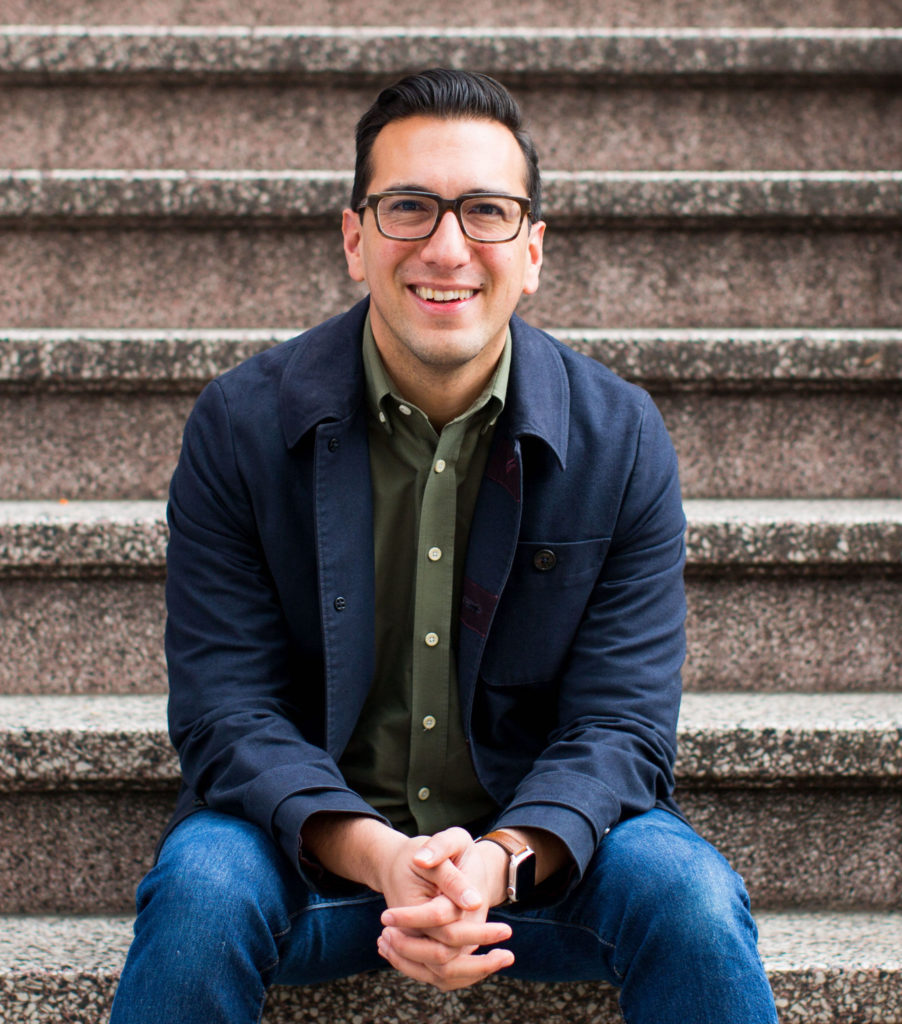The Role of GLP-1s in Employee Benefits
Companies that offer inclusive care benefits are not only seeing higher retention rates but are also attracting job seekers who prioritize well-being over just a high salary. With obesity on the rise in the U.S., leading to increased rates of cardiovascular disease and Type 2 diabetes, employees are looking for workplaces that support their health holistically, recognizing that inclusive benefits can be life-changing.The prevalence of chronic disease presents a challenge for employers over increasing healthcare costs. 60% of employers expect healthcare costs to surge over the next three years. Yet, it is critical to offer comprehensive care and wellness for higher retention.The American Institute of Certified Public Accountants (AICPA) found that workers would choose a job with benefits over a similar job providing 30% more salary but with no benefits. Consequently, employers also face more competition with other companies that provide more inclusive healthcare benefits.The growing off-label use of GLP-1 drugs, originally approved for treating Type 2 diabetes, has fueled discussions around treatments for cardiometabolic diseases. However, cultural misuse has also associated these drugs with rapid weight loss management.What are the potential risks and benefits associated with including FDA-approved weight loss drugs in care benefits? Is there an ROI of covering weight loss medication?The Reality of CardiodiabesityDeanna Critchley the AVP of Cigna led the sessionDeanna Critchley, area vice president at Cigna, provided insight into the reality of cardiodiabesity management at From Day One’s NYC half-day benefits conference in a thought leadership spotlight.There are several factors to consider when adding FDA-approved weight loss medications such as Wogovy into care benefits. While GLP-1s are automatically covered to treat Type 2 diabetes, weight loss drugs such as Wogovy are considered add-ons or buy-ups, which affects claims costs.Currently, there is no evidence suggesting a decrease in cancer, stroke, heart attack, or other emergency room visits by taking these prescriptions alone.Secondly, drugs such as Ozempic and Wogovy generally have to be taken for an extended period of time, or even a lifetime. People gain back ⅔ of their weight within two years of stopping.Cigna conducted an internal study and found that 66% of people on weight loss medications stopped taking them within 6 months due to rapid weight loss, social pressure, and significant side effects from taking the drugs.This further presents the risk of employers facing increased medical expenditures without guaranteed positive results. It can become unsustainable to find it as pharmacy claims rise. “That’s where we’re still looking at the longevity of this to see if it’s worth you as an employer covering these drugs if they’re not even going to continue taking it.”But if employees are more likely to choose a job that covers weight loss medications, companies face undeniable pressure. “You have to actually consider your benefit philosophy, how you cover it, and what type of population you have,” Critchley said.“Do you use it as talent acquisition? Are your competitors offering that? Do you offer lifestyle management programs and that’s part of your well-being philosophy?” she asked.The benefits of investing in weight loss supplemental coverage, then, lie in having long-term employee populations, the ability and foresight to invest in long-term cost avoidance, and incentivizing customers to enroll in holistic weight management programs.Utilization Management Is KeyCritchley recommended that employers not yet covering weight loss medications should first confirm with their carriers whether utilization management measures are in place. This safeguard helps ensure that GLP-1 drugs are prescribed only to individuals with diabetes.At Cigna, their utilization program confirms clients with Type 2 Diabetes and asks if they would consider taking Metformin, a more affordable and generic prescription drug similar to Ozempic.Cigna Healthcare has developed several solutions, including RxClaimsConnect, which automates claims processing for clients with documented Type 2 diabetes. For self-funded clients offering weight loss coverage, Cigna provides access to EncircleRX, a program equipped with safeguards to ensure the appropriate individuals qualify. Eligible clients must have a BMI of 30, or 32 with two additional co-morbidities. The program also includes a cost cap or a pricing guarantee.More importantly, it includes required enrollment and ongoing engagement with a lifestyle modification program. Nutritional counseling and exercise programs are required management systems in place. This demonstrates the effectiveness of integrated and holistic healthcare as effective and inclusive care benefits.Editor's note: From Day One thanks our partner, Cigna, for sponsoring this thought leadership spotlight. Stephanie Reed is a freelance news, marketing, and content writer. Much of her work features small business owners throughout diverse industries. She is passionate about promoting small, ethical, and eco-conscious businesses.





